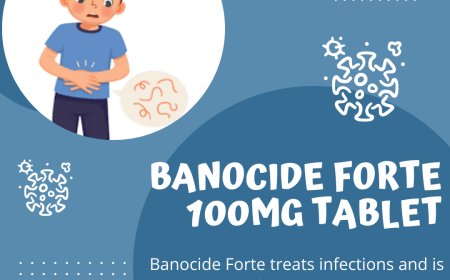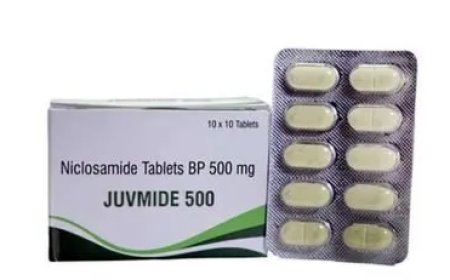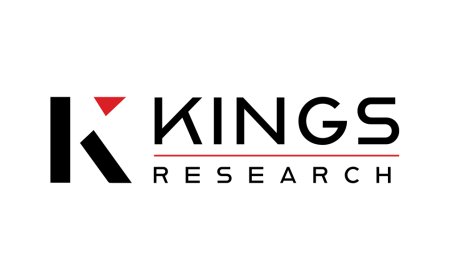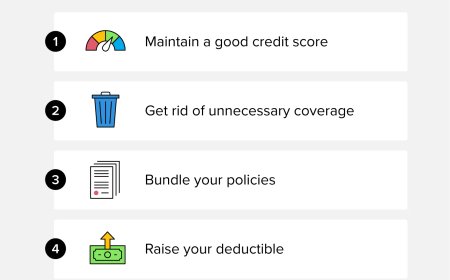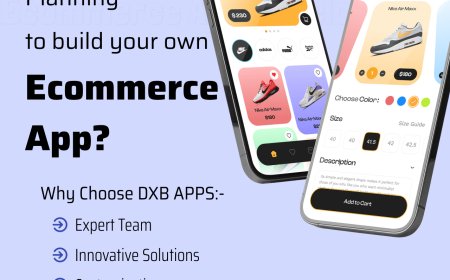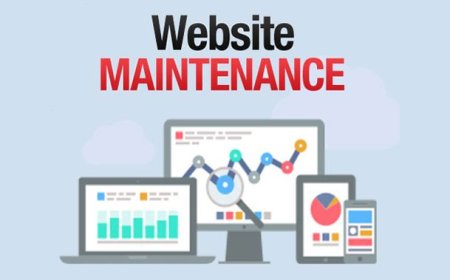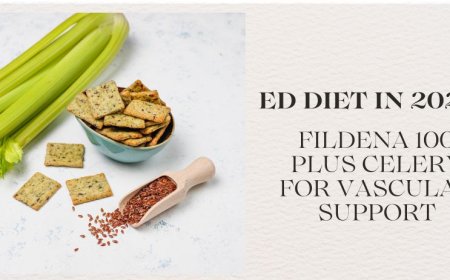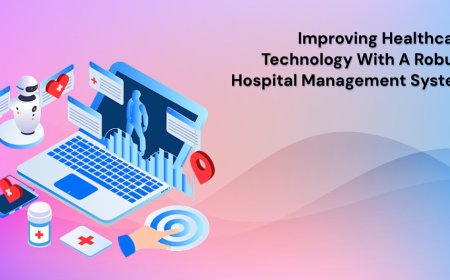How to Incorporate Omega-3 Into Your Diet Without Taking Pills
Discover simple, pill-free ways to add omega-3 to your daily routine with delicious foods that support a heart healthy diet and balanced lifestyle.
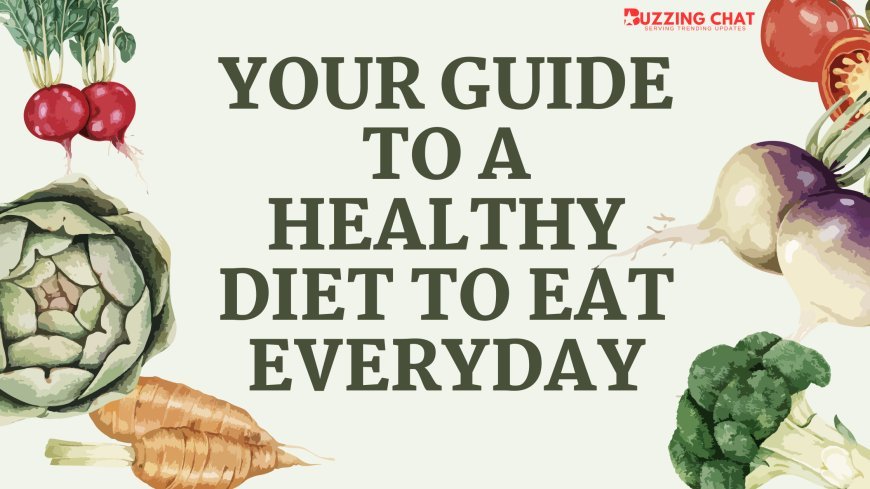
How to Incorporate Omega-3 Into Your Diet Without Taking Pills
Let me paint a picture for you. Its 7 a.m. and you're scrambling to make a decent breakfast, half-reading emails and half-wondering why your to-do list is longer than your actual day. Welcome to life in tech, right?
Between meetings, debugging code, and trying not to lose your sanity over broken builds, taking care of your health tends to fall down the priority list. Ive been there. As someone working in IT, staring at screens all day and sitting through endless calls, I realized I had to take control of my healthwithout adding another supplement to my ever-growing wellness drawer.
Thats where omega-3 came in. Specifically, finding ways to get this powerhouse nutrient without swallowing pills. If youre like mesomeone who wants to stay sharp, energized, and healthy, while still eating real foodthis post is for you.
Why Omega-3 Matters (Especially When You Work in Tech)
First, a quick refresher. Omega-3 fatty acids are essential fats that help with everything from reducing inflammation and improving brain function to supporting heart health. Research even links omega-3 intake to lowering the risk of congestive heart failurepretty significant stuff.
For anyone living a high-stress, high-caffeine lifestyle (hello fellow keyboard warriors), omega-3s can help balance things out, both mentally and physically. Think of it as system optimization, but for your body.
1. Start With Fatty FishBut Make It Easy
Lets be honest: when you hear fatty fish, your brain probably pictures a fancy salmon dinner you dont have time to cook. But getting omega-3 from fish doesn't have to be a production.
Canned sardines, tuna, or mackerel are surprisingly accessible and perfect for quick meals. I toss sardines into a salad with olive oil, lemon, and avocadodone in 5 minutes and surprisingly satisfying.
If you meal prep on Sundays, bake a big tray of salmon with garlic and herbs. It makes for the perfect protein to add to grain bowls, wraps, or even a quick dinner after work.
Pro tip: go for wild-caught fish when you canits higher in omega-3s.
2. Sprinkle in the Seeds
If fish isn't your thing (or youre plant-based), dont worrychia seeds, flaxseeds, and hemp seeds have your back.
These tiny superfoods are full of ALA, a plant-based form of omega-3. Theyre easy to blend into smoothies, sprinkle over oatmeal, or mix into yogurt. I personally keep a small jar of ground flaxseed at my desk and add it to my morning bowl of overnight oats. No prep, no pills, just pure nutrition.
It's a ridiculously simple way to boost your omega-3s while also adding fiberanother win for your overall health and part of a balanced diet.
3. Cook with Omega-3 Rich Oils
Another stealthy way to upgrade your meals? Cook with omega-3 rich oils like flaxseed oil or walnut oil (but dont fry themthese are best for dressings or finishing dishes).
I love drizzling walnut oil over roasted veggies or adding flaxseed oil into a smoothie. Its subtle, tasty, and you get the added benefit of healthy fats that fit perfectly into a heart healthy diet.
4. Eat More Greens and Beans
Yes, even certain leafy greens and legumes can contribute to your omega-3 intake, especially when paired with the right foods.
Try adding more spinach, kale, and Brussels sprouts to your meals. Lentils, kidney beans, and edamame arent just a good protein sourcethey complement omega-3s and are stars in a healthy food lineup.
And for those of us working long hours, dishes like lentil stew or sauted greens over rice are easy, comforting, and nourishing.
5. Balance With a Full Nutrient Approach
Omega-3 doesnt work aloneits part of a bigger picture. To truly feel the benefits, your body also needs a healthy diet to eat everyday that includes things like fiber, lean proteins, and yes, essential vitamins like vitamin B complex.
A well-rounded plate helps your body absorb nutrients efficiently. If you're eating more omega-3-rich foods but skipping out on basics like B vitamins or hydration, you're only getting half the benefit.
A Tech Life, But Healthier
You dont have to overhaul your life or invest in 12-step wellness routines to eat well. With a little planning, you can integrate omega-3 into your meals naturallyno pills, no gimmicks, just real food that fuels a real life.
And the best part? Youll not only support your heart, brain, and energy levelsyou'll feel sharper and more resilient when facing those late-night debugging marathons or unexpected outages.
Final Thoughts: Just Start Small
Dont stress about making everything perfect overnight. Maybe you start by swapping your usual cereal for chia pudding or adding salmon to your weekly meal prep. Small shifts add up.
Your future self (and your heart) will thank you.





